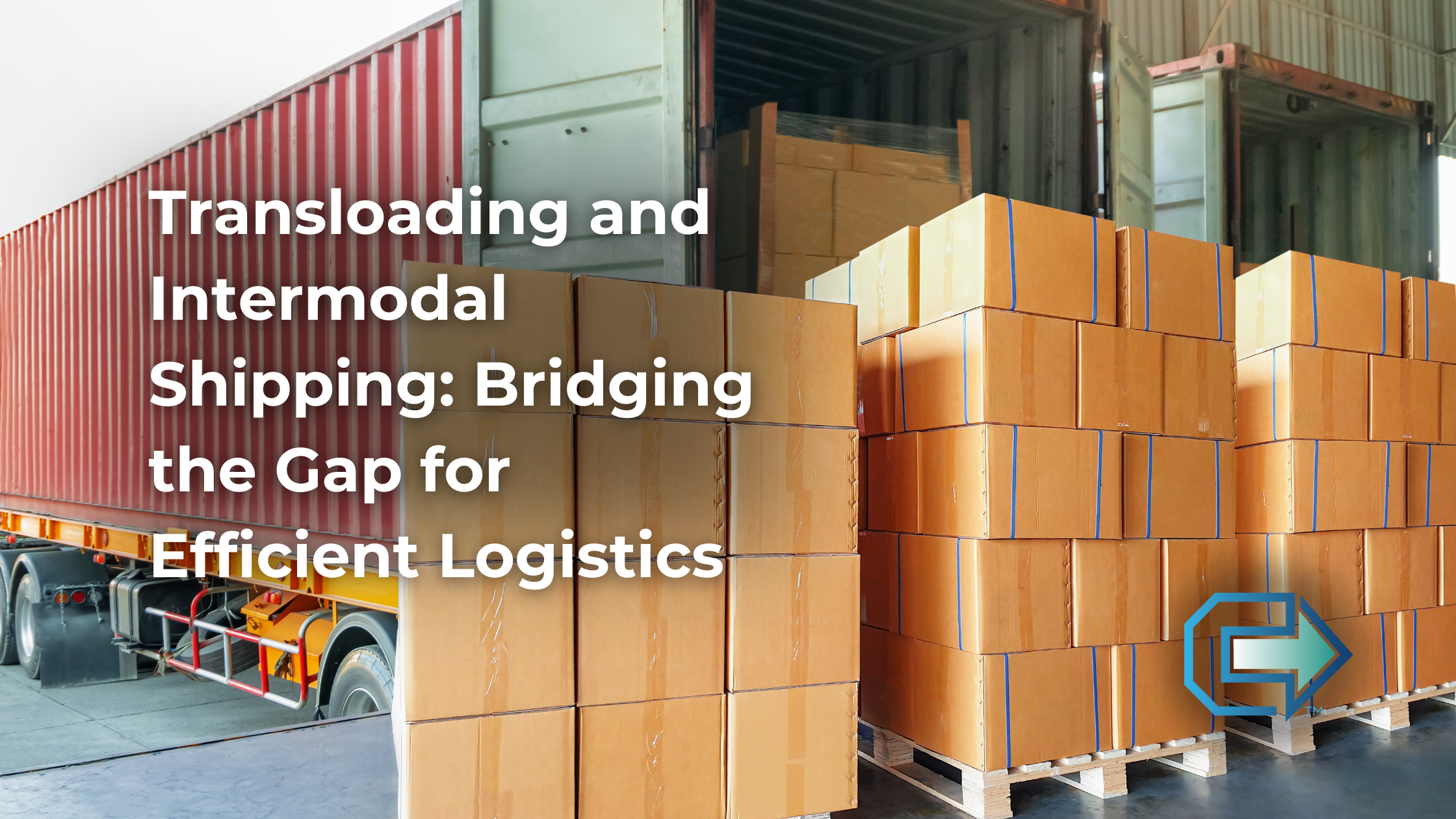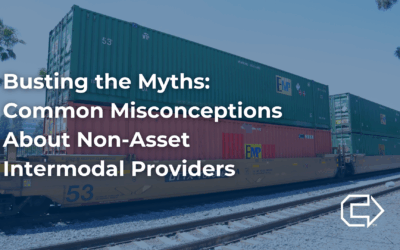One strategy that has become increasingly popular is intermodal shipping, which depends significantly on transloading to streamline the movement of goods. In this blog, we’ll explore how transloading operates within intermodal shipping, emphasizing its impact on improving efficiency, cutting costs, and promoting sustainability.
Understanding Transloading and Intermodal Shipping
What is Transloading?
Transloading involves transferring cargo from one mode of transportation to another. This process typically occurs at a transloading facility where goods are moved from a truck to a railcar or from a ship to a truck, depending on the logistics needs. The goal is to leverage the strengths of different transportation modes to achieve more efficient and cost-effective shipping.
What is Intermodal Shipping?
Intermodal shipping refers to using two or more modes of transportation to move goods from origin to destination. This often involves a combination of rail, truck, ship, and sometimes air transport. By integrating different transportation methods, intermodal shipping aims to optimize routes, reduce costs, and enhance supply chain flexibility.
Transloading in Intermodal Shipping: The Role of Container Size
Standard Container Sizes
A key element in intermodal shipping is the use of standardized containers. Most international shipments are imported using 40-foot containers, which are commonly used in maritime transport. However, once these containers reach the United States, they often need to be transferred to domestic transport modes. This is where transloading plays a crucial role.
Transition to Domestic Containers
Upon arrival in the U.S., 40-foot containers are typically transloaded onto 53-foot domestic containers for the final leg of their journey. The transition from a 40-foot international container to a 53-foot domestic container is driven by the need to maximize efficiency in domestic trucking. The 53-foot containers are designed to accommodate more cargo, allowing for better utilization of trucking capacity and potentially reducing the number of trips required.

How Transloading Enhances Intermodal Shipping
Optimizing Cost Efficiency: Transloading plays a critical role in optimizing the cost-efficiency of intermodal shipping. By utilizing rail for long-haul segments and trucks for last-mile delivery, companies can reduce transportation costs. Rail transport is generally more economical for long distances, while trucks offer flexibility for shorter, local deliveries. The transition from a 40-foot container to a 53-foot domestic container helps in making the most out of domestic trucking resources, allowing businesses to benefit from cost savings.
Improving Flexibility and Responsiveness: The flexibility of intermodal shipping is significantly enhanced by transloading. This process allows for efficient handling of goods as they switch between different modes of transportation. For instance, cargo arriving by rail can be quickly transferred from a 40-foot international container to a 53-foot domestic container for delivery to various destinations. This adaptability is crucial for meeting tight delivery schedules and managing unexpected disruptions.
Reducing Transit Times: While rail transport is slower compared to trucks, transloading can help mitigate extended transit times by ensuring that goods are quickly moved between modes. Efficient transloading facilities can minimize delays and maintain a steady flow of goods, which is essential for keeping supply chains moving smoothly. By strategically locating transloading points and transitioning to 53-foot domestic containers, businesses can optimize transit times and overall delivery speed.
Supporting Sustainability Initiatives: Sustainability is a growing concern in logistics, and intermodal shipping with transloading supports greener practices. Rail transport is more energy-efficient and has a lower carbon footprint compared to trucks, especially over long distances. By integrating rail into the transportation mix and using transloading to facilitate mode shifts, including transitioning from 40-foot to 53-foot containers, companies can reduce their overall environmental impact. Additionally, optimizing transportation routes and reducing empty miles through efficient transloading contribute to lower emissions and a smaller carbon footprint.
Challenges and Solutions in Transloading for Intermodal Shipping
Coordination and Timing: Coordinating timing between different transportation modes in transloading can be challenging, as delays in one mode can disrupt the entire supply chain. Cornerstone Systems addresses this by leveraging tracking and communication technologies that provide real-time updates on shipments. Our tracking system ensures seamless coordination between transportation providers, minimizing delays and keeping your supply chain efficient.
Facility Efficiency: Efficient transloading facilities are essential for smooth operations, requiring the right infrastructure and technology to handle various types of cargo and ensure quick transfers. Cornerstone Systems meets this challenge by investing in modern, automated systems and maintaining facilities equipped with cutting-edge technology. This reduces handling times and optimizes the transfer process, ensuring that your shipments are processed swiftly and accurately.
Managing Complex Logistics: Intermodal shipping involves managing complex logistics with multiple parties and processes, necessitating strong partnerships and clear communication. Cornerstone Systems simplifies this complexity by fostering robust relationships with all stakeholders and using integrated software solutions. Our comprehensive logistics strategies ensure that shippers, carriers, and facilities work together harmoniously, streamlining operations and ensuring seamless logistics management.
The Future of Transloading in Intermodal Shipping
The role of transloading in intermodal shipping is likely to become even more critical as technology evolves. Innovations such as automation, digitalization, and smart logistics will enhance the efficiency of transloading processes and further integrate them into global supply chains. These advancements will help businesses achieve even greater cost savings, flexibility, and sustainability in their logistics operations.
Conclusion
Transloading is essential in intermodal shipping, bridging gaps between transportation modes, like transitioning from 40-foot international to 53-foot domestic containers. It enhances efficiency, reduces costs, and supports sustainability. To optimize your logistics and stay competitive, contact Cornerstone Systems for seamless, cost-effective, and eco-friendly transloading solutions.






